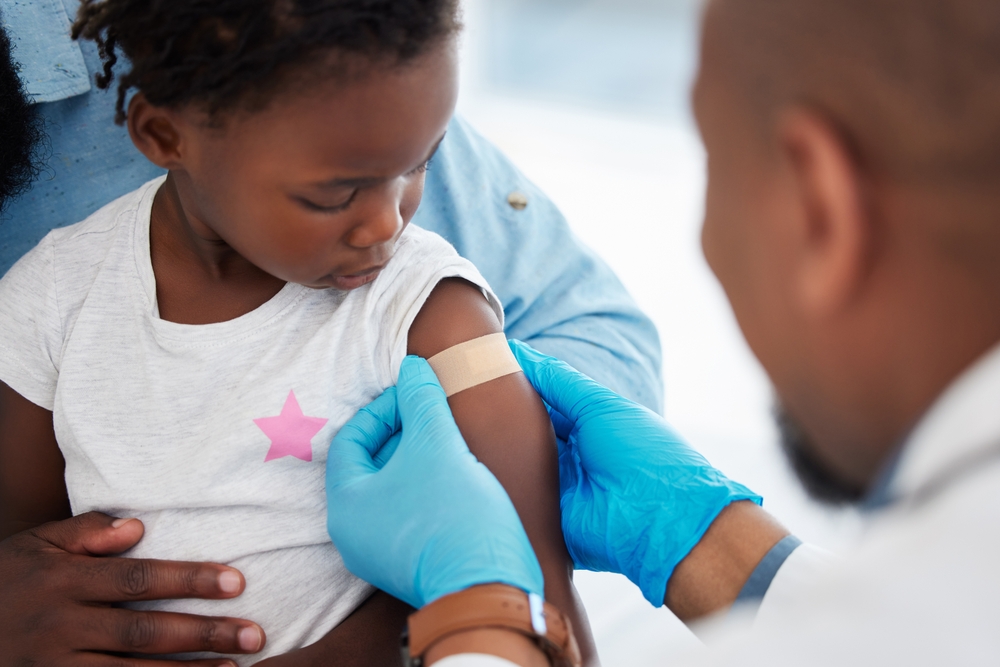A once-controlled virus is making an alarming comeback. Measles cases in the United States have reached their highest levels since 2019, with multiple states reporting new infections. The resurgence is a stark reminder that even preventable diseases can return when immunization efforts decline.
States including Texas, New Mexico, Alaska, Georgia, New York, and Rhode Island are now dealing with active cases, raising concerns among health officials. The virus, known for its highly contagious nature, spreads rapidly in communities with low vaccination rates. Public health experts are now urging renewed focus on immunization efforts to curb the spread before it escalates further.
Why measles is resurfacing
A decline in vaccination rates has created an opening for measles to return. While the measles-mumps-rubella (MMR) vaccine remains widely available, gaps in immunization coverage have left certain populations vulnerable. Some individuals remain unvaccinated due to personal beliefs, while others missed doses during the COVID-19 pandemic, when routine healthcare visits were delayed.
Increased global travel has also played a role. Measles is still common in some countries, and unvaccinated travelers can bring the virus into the U.S. Once introduced, the disease spreads quickly in communities with lower immunity levels.
A highly contagious nature makes measles particularly difficult to contain. The virus spreads through respiratory droplets and can linger in the air for up to two hours after an infected person leaves a room. Even brief exposure can lead to infection, making vaccination the most effective defense.
How measles affects the body
Early symptoms mimic those of the common cold—fever, cough, and runny nose. However, within days, the virus reveals its signature sign: a widespread rash that starts on the face and spreads downward.
Severe complications can arise, especially in young children, pregnant individuals, and those with weakened immune systems. Pneumonia remains a leading cause of measles-related deaths, while brain inflammation, known as encephalitis, can result in long-term neurological damage. In extreme cases, the disease can be fatal.
The power of vaccination
The MMR vaccine is the most effective weapon against measles. It provides lifelong protection in nearly all individuals who receive the full two-dose series. The first dose is administered between 12 and 15 months of age, with a second dose between ages 4 and 6.
Booster shots and revaccination may be necessary for certain individuals. Those vaccinated before 1968 may have received a less effective version of the vaccine, while people born before 1957 are generally considered immune due to past exposure. If immunity is uncertain, revaccination is a simple and safe solution.
Herd immunity plays a crucial role in preventing outbreaks. When at least 95 percent of a population is vaccinated, measles struggles to spread. However, as immunization rates decline, the virus finds new footholds. Maintaining high vaccination coverage is the only way to prevent future outbreaks.
How to stop the spread
Checking vaccination status is the first step in preventing measles. Individuals unsure of their immunity should consult their healthcare provider and get vaccinated if needed.
Recognizing early symptoms can help contain outbreaks. Anyone experiencing fever and rash should seek medical attention, especially if they have recently traveled or been exposed to an infected individual.
Minimizing exposure risks is key during outbreaks. Those who are unvaccinated or immunocompromised should avoid crowded places where the virus could spread. If exposed, immediate post-exposure vaccination or immune globulin treatment may prevent severe illness.
The fight against measles continues
The resurgence of measles is a reminder that disease control requires continuous effort. While modern medicine has nearly eliminated the virus in the past, its return proves that no disease stays eradicated without vigilance. Maintaining high vaccination rates, improving public awareness, and responding quickly to new cases will determine whether this outbreak remains contained or grows into a wider crisis.
For now, the tools to stop measles remain the same. The question is whether they will be used effectively before the virus gains further ground.














